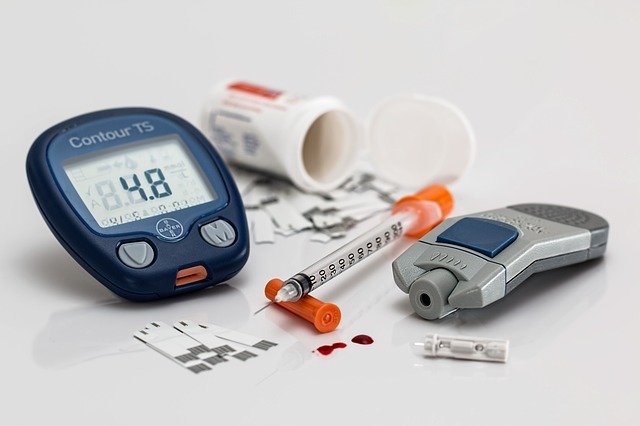
In a recent study, researchers found that the use of sodium glucose cotransporter 2 (SGLT2) inhibitors to treat type 2 diabetes is linked to a higher risk of lower limb amputation.
The drug also is linked to a higher risk of diabetic ketoacidosis (a serious diabetes complication) compared with another group of drugs called glucagon-like peptide 1 (GLP1) receptor agonists.
Although the absolute risk increase is small, the findings expand on current knowledge and quantify the risk of serious adverse events potentially linked to this group of drugs.
SGLT2 inhibitors are increasingly popular drugs for the treatment of type 2 diabetes.
They lower blood glucose levels by increasing glucose loss through the kidneys, but concerns have been raised regarding their safety.
For instance, some studies have suggested that their use may be associated with serious complications, including lower limb amputation, bone fracture, diabetic ketoacidosis, acute kidney injury, serious urinary tract infections, blood clots (venous thromboembolism) and acute pancreatitis.
To better understand these potential risks, an international research team analyzed national registry data from Sweden and Denmark for 17,213 patients.
These people started taking SGLT2 inhibitors and 17,213 patients who started taking GLP1 receptor agonists between July 2003 and December 2016.
Patients were aged 35 years or more with no previous prescriptions for any of the study drugs, no history of severe kidney problems (dialysis or transplantation) or pancreatic disorders, and median follow-up time for the studied outcomes was between 270 and 274 days.
The main outcomes were lower limb amputation, bone fracture, diabetic ketoacidosis, acute kidney injury, serious urinary tract infection, venous thromboembolism, and acute pancreatitis.
The researchers found that the use of SGLT2 inhibitors was associated with a two-fold increased risk of both lower limb amputation and diabetic ketoacidosis, compared with GLP1 receptor agonists.
But there was no significant risk increase for bone fracture, acute kidney injury, serious urinary tract infection, venous thromboembolism or acute pancreatitis.
Findings remained consistent after further analyses to test the strength of the results.
This is an observational study, so no firm conclusions can be drawn about cause and effect, and the researchers cannot rule out the possibility that other unmeasured factors may have affected the results.
However, the study used nationwide registry data from a large number of patients, and the findings are consistent with previous research in the field.
As such, the researchers conclude that SGLT2 inhibitors compared with GLP1 receptor agonists are associated with an increased risk of lower limb amputations and diabetic ketoacidosis but not with other serious adverse events of current concern.
And they call for further analyses to accumulate more clinical data on the use of these drugs.
The study is published in The BMJ.
Copyright © 2019 Knowridge Science Report. All rights reserved.



